Class of 2023

Lisa Bain (CBE)
A PhD student in the Department of Chemical & Biomolecular Engineering. She earned her degree in Chemical Engineering from the University of Michigan – Ann Arbor with a minor in Biochemistry and concentrations in both Life Sciences and Biopharmaceutical Engineering. Lisa’s undergraduate research focused on vascular targeted drug delivery. Her first rotation will be in the lab of Dr. Catherine A. Fromen, Associate Professor in CBE.

Shelby Cooper (CBC)
A PhD student co-advised by professors William J. Chain and Joseph Fox. In her research she
will focus on the synthesis of novel englerin A analogues that exhibit potent and selective
activity against human renal cancer and TNBC cell lines. She will also synthesize tetrazine- and
trans-cyclooctene based molecular tags for proteomic experiments with her synthetic englerin
compounds and work to label potential cellular targets and incorporate these tags alongside
fluorescence and affinity-based tags with the analogues in live cells.

Kyle James Hess (CBC)
A PhD student co-advised by professors William J. Chain and Catherine A. Fromen. His research will focus on the total synthesis and biological testing of cavernicolide, a novel marine macrolide non-small cell lung cancer growth inhibitor. Upon successful synthesis of cavernicolide fragments, Kyle will perform cellular assay studies with the help of the Fromen lab to determine potency and efficacy.

Nicole Kretekos (CBC)
A PhD student working in the Chain lab to develop methods for the synthesis of tetrahydroquinolines via aniline N-oxides. We are also using the N-oxide handle to produce other functionalized anilines including phenols and aryl ketones.

Allison Mattern (BISC)
A PhD student working in the Sutherland lab to understand bacterial cytochrome c biogenesis within the System I pathway. Cytochromes c require the covalent attachment of heme to properly fold and function. Her project focuses on understanding the mechanism of the prokaryotic System I holocytochrome c synthase that attaches heme to cytochrome c, CcmFH, with a focus on heme reduction by CcmFH.

Jessica Rainey (BISC)
A PhD student working in the lab of Dr. Shuo Wei to identify and characterize small molecule inhibitors of ADAM9. ADAM9 is a cell-surface metalloproteinase, or “sheddase,” implicated in various diseases, including colorectal cancer tumorigenesis and metastasis. The Wei lab aims to perform high-throughput screening to identify potential inhibitors and characterize them with cell culture and FRET based in vitro techniques.

Ashley Sias (CBC)
A PhD student in the Fox Lab with work focusing on tetrazine and trans-cyclooctene ligation. Her work will utilize the aforementioned reaction for proteomics.

Karli Sunnergren (BISC)
A PhD student working in the Tanis lab to understand how homocysteine metabolism affects Alzheimer’s disease (AD). The Tanis lab uses C. elegans to study dietary impacts on AD, and have created the first C. elegans model of hyperhomocysteinemia. This will provide an in vivo model for understanding how impaired homocysteine metabolism contributes to AD pathogenesis.

James VanAntwerp (CBE)
A PhD student in Chemical & Biomolecular Engineering, with a bachelor’s from Michigan State University in Chemical Engineering and a minor in Fermented Beverages. James’ undergraduate research was in ancestral sequence reconstruction but his graduate work in the Kunjapur and Lee labs focuses on non-standard amino acids in mammalian cells.

Alexander Wang (CBE)
A PhD student working in the April Kloxin Lab to utilize bioprinting to translate synthetic hydrogel matrices to model breast cancer dormancy, a phenomenon where disseminated tumor cells (DTCs) leave the primary tumor and become undetectable in external sites. This will let us gain insights into the environmental and biological factors that regulate breast cancer dormancy and late recurrence, letting us engineer therapies for targeting these dormant sites.

Spencer Wolfe (CBC)
A PhD student working in the Fromen Lab working on developing nanoparticle formulations for pulmonary vaccinations by focusing on both the characteristics of the nanoparticle as well as the conjugated agonists.
Class of 2022

Malek Elsayyid (BISC)
A Biology PhD/MBA student working in the Tanis lab to understand how biological cargo is sorted into extracellular vesicles (EVs). EVs are membrane-enclosed bioactive molecules that mediate intercellular signaling in numerous physiological and pathological contexts. The Tanis lab uses the model organism C. elegans to answer basic questions of EV biology in vivo, using genetic tools, super-resolution imaging, and biochemical techniques.
Audrey Collins (CBC)
A PhD student coadvised by professors Arthi Jayaraman and Laure Kayser. In her research studies, Audrey uses multiscale molecular modeling and simulation to study and develop novel biocompatible and bio-inspired polymers.

Jessica Rubira Gamba (CBE)
A PhD student working in Dr. Aditya Kunjapur’s lab to understand the preferences of each human leukocyte antigen (HLA) haplotype for peptides that contain non-standard amino acids (nsAAs) at different positions, aiming for an optimal immune response. This will give us insights on how to design better vaccines against weakly immunogenic pathogens and fight autoimmune diseases.
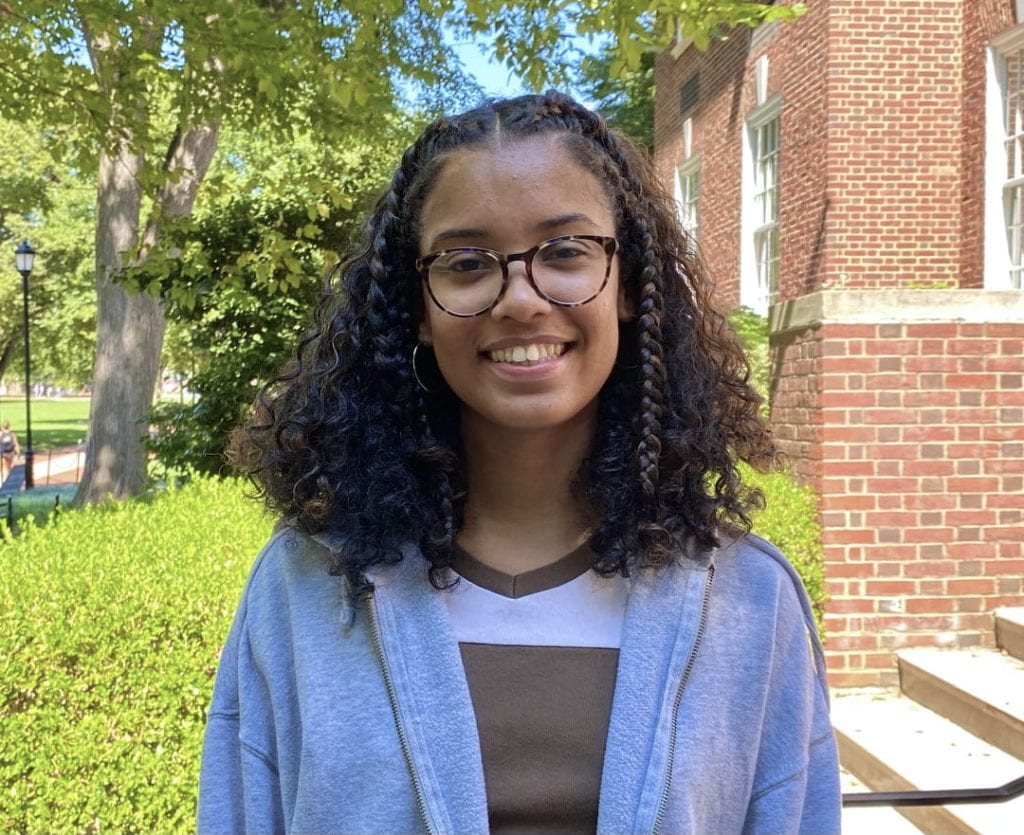
Alexa Gomez (CBC)
A PhD student working in the Laure Kayser lab working on the functionalization of polystyrene sulfonate for biological applications and organic electrochemical transistor (OECT) design. We also aim to design a new class of electroactive polymers known as dynamically crosslinked and conductive metallopolymers (DCCMs). These materials will utilize reversible metal-ligand coordination as crosslinks in mixed ionic-electronic conductors with applications in soft robotics and on-body devices for tactile feedback

Lauren McCaskey (CBC)
A PhD student working in the Kayser lab to synthesize and develop touch-sensitive biosensors utilizing polymer chemistry. The Kayser lab works predominantly with organic electronic systems to generate materials with high biocompatibility and dual electronic/ionic conductivity. Lauren’s project utilizes antibody-functionalized polystyrene sulfonate (PSS) derivatives to change surface chemistry and ideally alter friction.
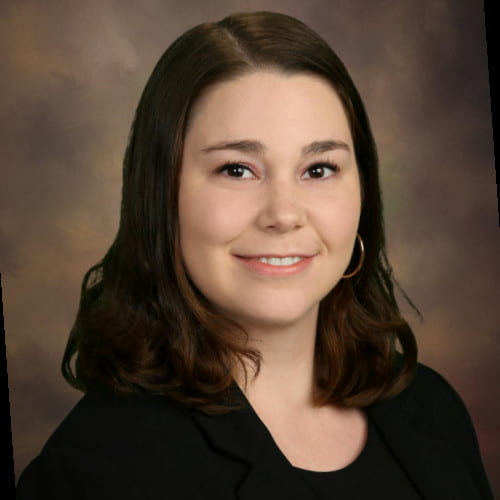
Erin Mulhearn (CBC)
A PhD student working in the Alperstein lab to better understand the influence of chaperone proteins on desmin fragment amyloid formation. Additionally, she works on understanding microplastic-protein interactions and their effect on protein structure, function, and aggregation. The Alperstein lab uses vibrational spectroscopy techniques including 2DIR, Raman microscopy, and FTIR to characterize structural and kinetic features of proteins and other biological materials.

Topher Pirner (CBE)
A PhD student working in the Blenner lab to develop tools to dynamically regulate endoplasmic reticulum (ER) gene expression using ER stress to improve difficult to express (DTE) protein production. DTE proteins are proteins that are produced at low titers and/or have reduced activity. This work will allow us gain insight into how to properly regulate cellular processes to enhance DTE protein production.

Miranda Roland (CBC)
A PhD student working in the labs of Catherine Grimes and Joe Fox to design and utilize bioorthogonal bacterial cell wall-based probes. We aim to use these probes to further understand communication between the gut microbiome and the brain, and as a method to image bacterial infections. This will provide a lot of needed insight as to which bacterial cell wall components may be signaling to the brain, as well as providing a new and novel imaging method for bacteria in vivo.

Marina Vasconcelos (CBC)
A PhD student working in the lab of Catherine Grimes lab studying the effect and function of the O-GlcNAc post-translational modification on innate immune receptors. Her work aims to modulate O-GlcNAc through small molecules to develop novel therapeutics for Crohn’s disease.

Kaytlin Ward (CBC)
A PhD student working in the Rosenthal lab to develop and characterize non-traditional tetrapyrroles as phototherapeutic agents for the treatment of cancer. Kaytlin’s research focuses on modifying the tetrapyrrole scaffold and evaluating the phototherapeutic agents in triple-negative breast cancer cells.

Casey Welch (CBC)
A PhD student working in the Messina lab to develop activity-based sensing probes to detect the presence of intracellular reactive oxygen species (ROS). By monitoring ROS within the cell, the goal is to further understand how ROS mediate both inter and intra-cellular signaling pathways.”
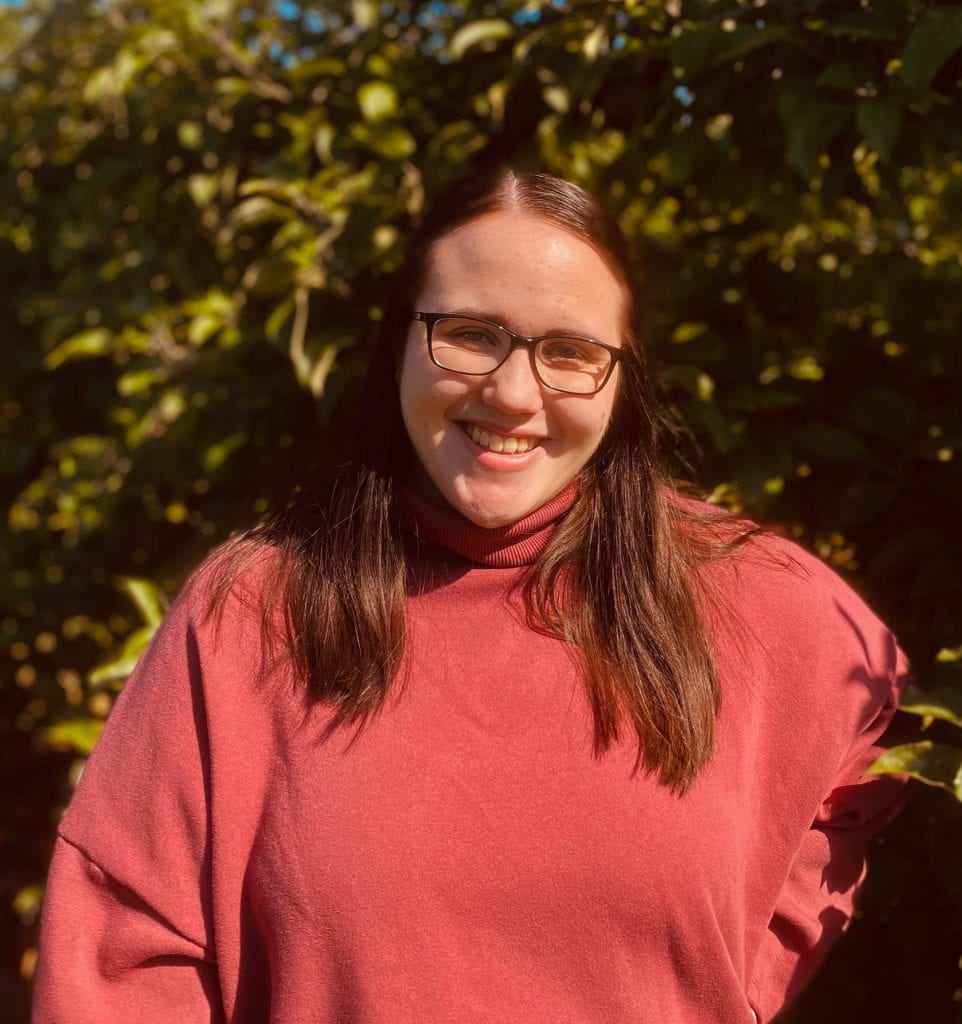
Caroline Williams (CBC)
A PhD student working in the lab of Dr. Catherine Grimes to elucidate the mechanism by which C. albicans transitions to a pathogenic hyphal state during periods of immune incompetence. Her research specifically focuses on how bacterial cell wall fragments initiate and regulate this morphological transition. This will help to give us insights into possible new targets for the development of novel antifungals.

D’Jana Wyllis (CBE)
A PhD candidate in the Department of Chemical and Biochemical Engineering who works in the synthetic biology lab of Dr. Aditya Kunjapur and is interested in the areas of biocatalysis, protein engineering and metabolic engineering. She works on the synthesis and incorporation of non-standard amino acids.
Class of 2021
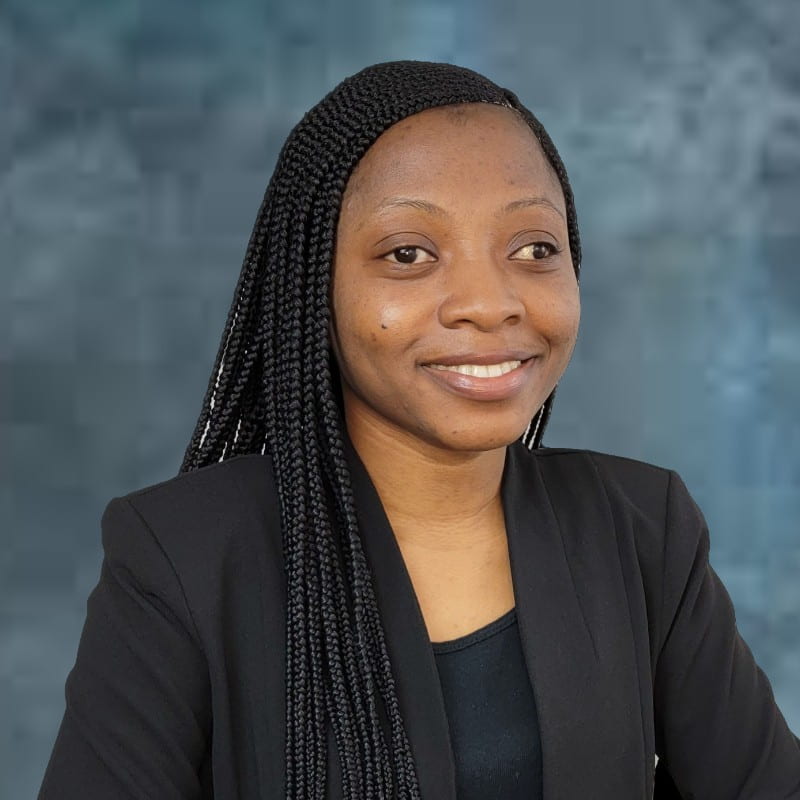
Atinuke Odunsi (CBC)
A PhD student working in the Rozovsky lab to understand the role of selenoprotein k (selenok). Selenok is a small intrinsically disordered protein (IDP) that is involved in different aspects of human health such as immune response, cancer progression and cognitive function but its specific roles in the cell are unknown. Atinuke’s project involves the study of selenok localization, topology and interactome; all of which aims to provide more insights into the role of selenok in the cell and reveal possible ways in which its health benefits can be harnessed.

Rebecca Colandrea (CBC)
A PhD candidate working in the M. Watson lab focusing on the development of nickel-catalyzed cross-coupling reactions via benzylic C-O activation. We aim to develop new chemical methods as well as gain mechanistic insight.

Celeste DiGennaro (BISC)
A PhD student in the Jeffery Mugridge and Jeremy Bird labs working on the discovery of a novel class of RNA species that are capped at the 5’ end with bacterial cell wall precursors, UDP-MurNAc and UDP-GlcNAc. In collaboration with the Grime’s group, she will identify specific RNA transcripts that have these 5’ UDP-Sugar modifications and what proteins interact with them in vivo. Her project will serve as the first step to understanding how these UDP-Sugar caps regulate bacterial RNA fate, structure, and function.

Ross Klauer (CBE)
A PhD student working in the Mark Blenner and Kevin Solomon Labs to elucidate mechanisms for plastic degradation by the gut microbiome of the yellow mealworm. Microorganisms and enzymes capable of plastics deconstruction can be engineered for enhanced plastics degradation and for eventual upcycling of plastic wastes into valorized consumer products.

Alicia Kreiman (BISC)
A PhD student working in the Sutherland lab to understand cytochrome c biogenesis and heme trafficking within this bacterial system. Cytochromes c require the covalent attachment of heme to properly fold and function. Heme is cytotoxic and therefore must be specifically trafficked to these systems, and throughout them. The Sutherland lab and this project focuses on heme trafficking to the prokaryotic cytochrome c biogenesis pathway called System I and heme reception by this System.

Laura Marvin (BISC)
A PhD student in Dr Jeremy Birds lab. Her research is on Mitochondrial Transcription: from Initiation to Termination. This will help better demonstrate the impact of mitochondrial transcription on cellular dysfunction.
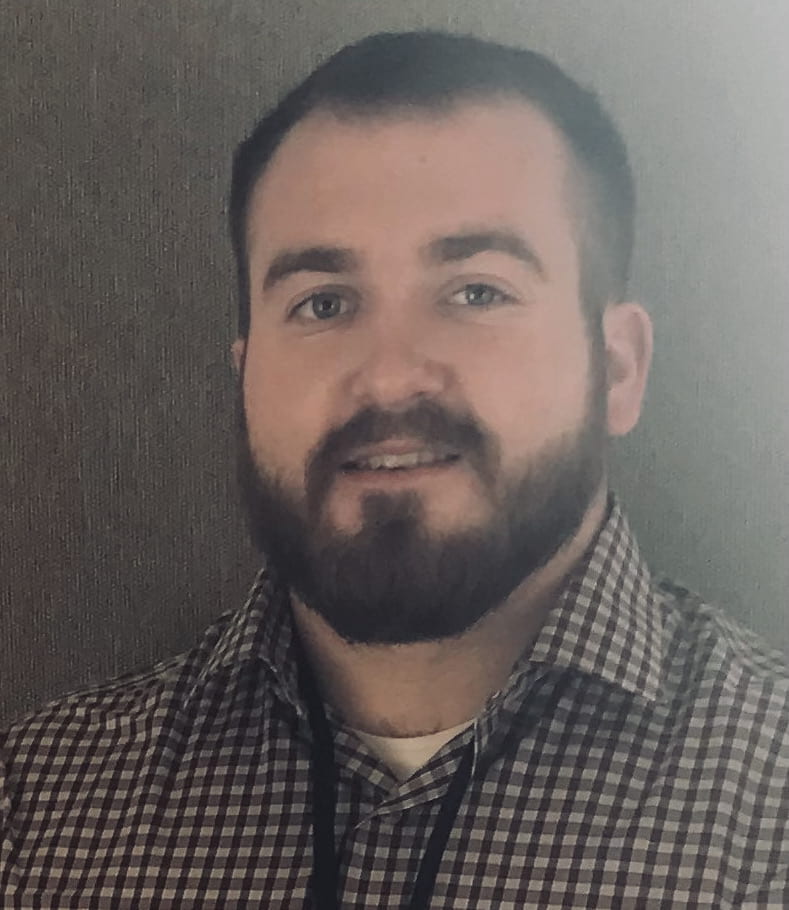
Thomas Manzoni (BISC)
A MBA/PhD student working in the lab of Justin Parreno, Biological Sciences. His research interests include cartilage tissue engineering, bioprinting, and the use of 3D printing to create devices that apply force/stimulate cells. Currently, Thomas is investigating the use of 3D bioprinting as a method to create bioengineered cartilage with zonal organization.
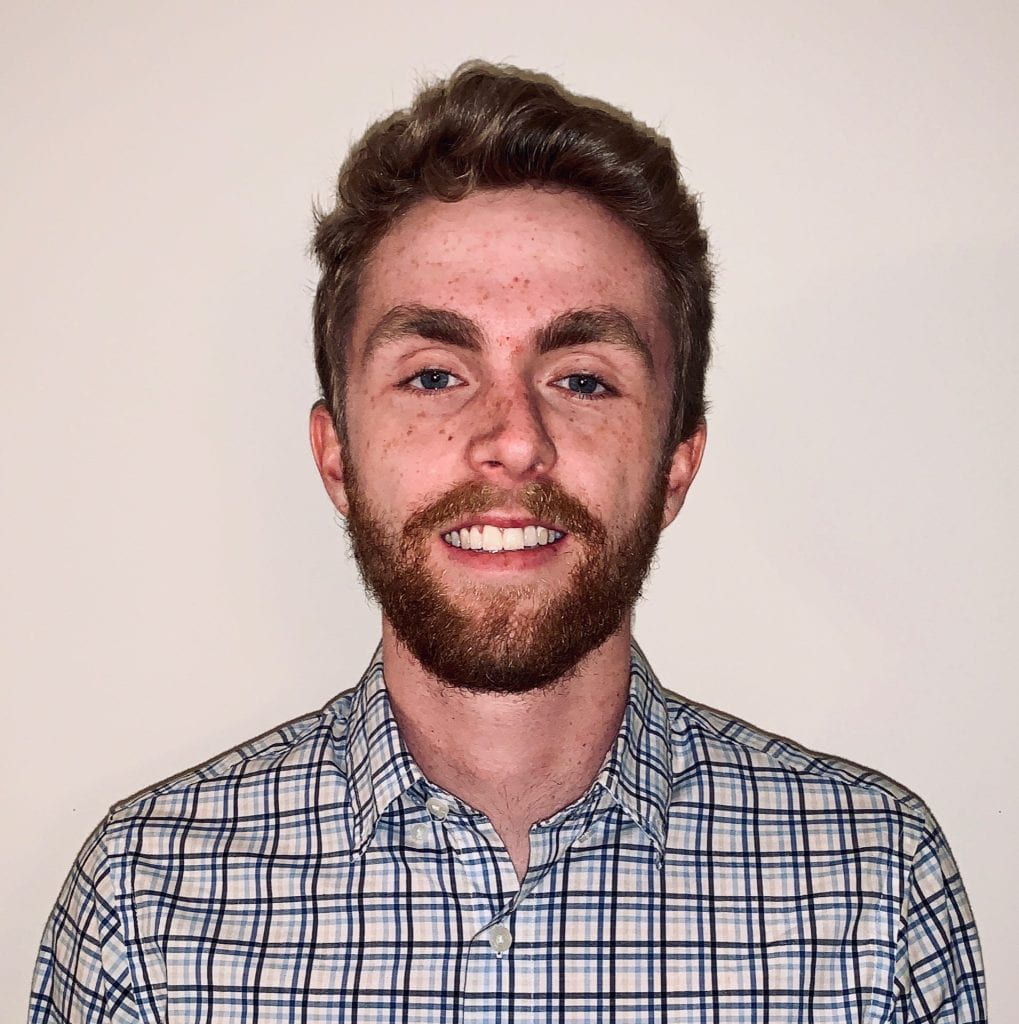
James Mullin (CBE)
A PhD student working in the labs of Prof. Millie Sullivan and Prof. Kristi Kiick to develop biomaterials and gene therapy approaches to treating chronic wounds.

Sophia Neglia (CBC)
A PhD student working in the Fox lab to activate tetrazine ligation in the absence of light. We aim to investigate the protein interactions in localized cellular environments in live mammalian cells using this novel method.

Stephanie Richardson-Solorzano (BISC)
A PhD student working in the Parreno lab to generate a cartilage-like bioengineered tissue by passaged chondrocytes that will serve as a model to mimic key aspects of OA progression and study on the effect of inflammatory mediators on human chondrocyte homeostasis.

Emma Sudduth (CBE)
A PhD student working with Dr. Catherine Fromen, CBE. Her work focuses on designing nanoparticle formulations for tunable uptake and activation of immune cells. Currently, she is studying the effects of nanoparticle charge on uptake by pulmonary antigen-presenting in aged murine models.
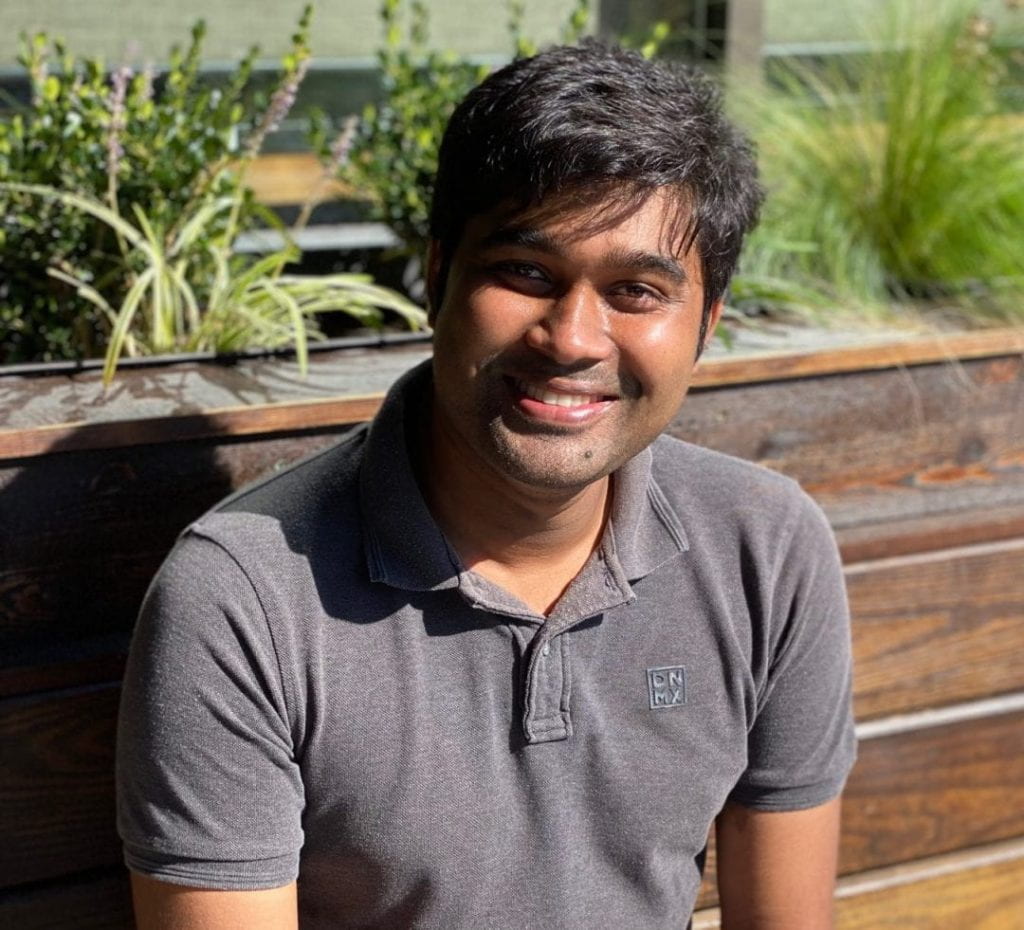
Rakib-Uz-Zaman (BISC)
S M Rakib Uz Zaman is a PhD student working in the Duncan Lab on understanding
the cellular origins of lens capsule-associated myofibroblasts, which contribute to posterior
capsular opacification (PCO), a common complication of cataract surgery. PCO results from the
proliferation and migration of residual lens epithelial cells (LECs), which can differentiate into
either lens fiber cells (regeneration) or fibrotic myofibroblasts (epithelial-to-mesenchymal
transition, EMT). To address this question, Rakib is developing two genetic tools using
MLR10Cre H2b-mCherry and ARC Cre-ERT2 mouse models, which will allow for permanent
labeling of LECs by expressing the fluorescent protein mCherry depending on Cre activity.
MLR10Cre H2b-mCherry mice exhibit both nuclear and cytoplasmic expression of H2b-
mCherry, suggesting that these animals will be useful to track the fate of lens epithelial cells
during the injury response in an animal model of cataract surgery. Additionally, Rakib is
investigating the function of Gremlin1 and SerpinE1 in the EMT of LECs after lens injury.
Class of 2020

Shelby Anderson (CBE)
A PhD student working in the Kunjapur lab to biosynthesize and incorporate non-standard amino acids. The Kunjapur lab uses tools such as protein engineering, genome engineering, and synthetic biology to accomplish our goals in teaching live cells to create and harness non-standard amino acids to access desired functionalities..

Summer Hackenburg (BISC)
A PhD student working in Dr. Ramona Neunuebel’s lab. She is currently working on unfolding the mechanisms behind Legionella pneumophila infection, the causative agent of Legionnaires disease. These works include characterizing 1 of the over 350 effector proteins that Legionella secretes to aid in infection of human lung macrophages. Additionally, she is interested in learning new techniques for protein characterization.

Ellie Meck (CBC)
A PhD student working in the Don Watson lab to develop ways to use heteroatomic electrophiles in cross-coupling reactions. This would lead to an efficient synthesis of biologically relevant scaffolds that are found in a variety of pharmaceutical and natural products.

Chris Mayhugh (CBE)
A PhD student in the Kunjapur Lab working at the interface of synthetic biology and immunology to develop novel vaccines. His research uses genetic code expansion to design antigenic proteins with enhanced immunogenicity, and in vivo testing performed in a mouse model.

Stephanie Tsang (CBC)
A PhD candidate working in the Fox Lab to study the mechanism of the catalytic activation of bioorthogonal chemistry with light, specifically how photocatalysts oxidize dihydrotetrazines to tetrazines. Through the elucidation of the mechanism, we aim to design photocatalysts and dihydrotetrazines for even more efficient catalysis.
Class of 2019

Ashlyn Summer Hillman (CBC)
A PhD student working in Joe Fox’s lab on expanding the glycobiology toolkit with small, rapid, and tunable bioorthogonal carbohydrates. These carbohydrate tools will enable investigations into bacterial peptidoglycan biosynthesis, as well as illuminate key PG fragments implicated in innate immune system recognition.”

Alyssa Conner (CBC)
A graduate student in the chemistry and biochemistry department. Allyssa completed her B.S. at Lafayette College. She works in the lab of Dr. Donald A. Watson. Allyssa developed a method to synthesize highly substituted alkenes via a Hiyama-Denmark coupling of dimethyl(5-methylfuryl) vinysilanes and aryl halides. Allyssa is currently working on developing an asymmetric silyl-Kumada method to generate α- chiral silanes and chiral silicon centers from readily available silyl chlorides and Grignard reagents. She also is working on mechanistic and scope studies on a visible-light induced, nickel catalyzed C-alkylation of nitroalkanes to determine how the reaction proceeds without an iridium photocatalyst. Her roles in these projects included conducting experiments, data analysis, and publication preparation.

Sadia Islam (BISC)
A PhD student in the Fowler lab, studying the role of actin cytoskeleton in mouse lens development and function. Her project focuses on the effect of human disease-related non-muscle myosin IIA mutations on lens cellular organization, optical properties and cataract formation.

Brittany Shimanski (CBC)
A PhD student in the Mugridge lab. Brittany’s research focuses on characterizing the interactions between RNA demethylase, FTO, and its substrate, N6,2′-O-dimethyladenosine (m6Am) on mRNA. Brittany is working to determine how FTO recognizes the distinct cap structure and the m6Am group on RNA, compare recognition with m6A vs m6Am substrates, and identify specific residues important for recognition.
Class of 2018

Michaela Jones (CBE)
A PhD student working in the Kunjapur Lab to improve non-standard amino acid for in vivo protein bioconjugation. Non-standard amino acids (nsAAs) allow for the introduction of unique chemistries into specific sites in a protein. Various click chemistries are of particular interest for the development of novel synthetic biology tools; however, nsAA incorporation efficiencies are too low to pursue such technologies. So the Kunjapur Lab is investigating several different approaches for improving nsAA incorporation of multiple nsAAs at distinct, genetically encoded sites.

